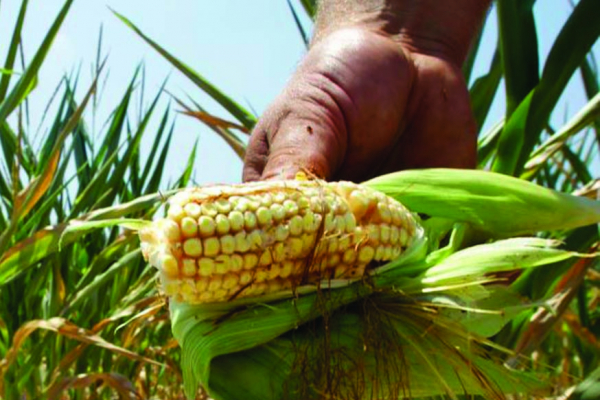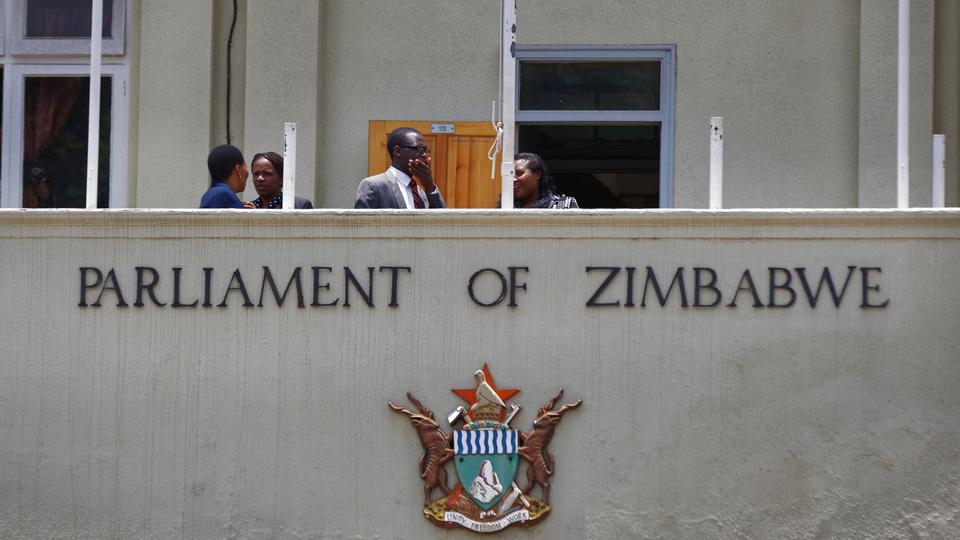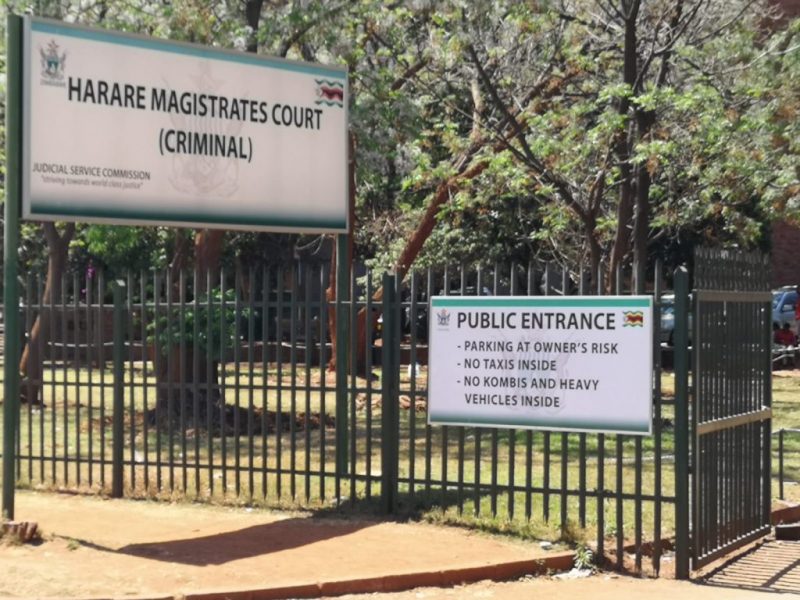
THE 2019/2020 agricultural season was marked by a delayed onset of the rainy season and a false start throughout the country due to continued drought-like conditions, findings from a government report show.
BY TATIRA ZWINOIRA
The Ministry of Lands, Agriculture, Water and Rural Resettlement conducts three national crop and livestock assessments every year. The report under review is from the first assessment for the period between January 28 and February 10, 2020.
Zimbabwe’s agricultural season has been hit hard by continued drought like conditions for the current 2019/20 season that was a spillover from the 2018/19 season.
“The 2019/2020 season was marked by a delayed onset of the season and a false start throughout the country. The government, private sector and NGOs supported production through a number of input schemes. Inputs were available on the open market; however, the prices were out of reach for most of the farmers,” read part of the report.
“Area planted to maize decreased by 5% from 1 623 757 hectares to 1 549 324 hectares. 652 008 hectares (42%) were planted in November, 606 124 hectares (39%) in December and 291 192 hectares were planted in January… 106 520 hectares of maize were written off due to the dry spell.”
The report found that the soyabean area decreased by 40% from 55 660 hectares to 33 599 hectares in the 2019/2020 season.
According to the report, the rainfall distribution was erratic in both space and time between October to December 2019, coupled with prolonged dry spells experienced between the second week of December 2019 and mid-January 2020.
- Chamisa under fire over US$120K donation
- Mavhunga puts DeMbare into Chibuku quarterfinals
- Pension funds bet on Cabora Bassa oilfields
- Councils defy govt fire tender directive
Keep Reading
“Increased rains were received from mid-January; however, they were still significantly below normal. The first and second weeks of February experienced increased rainfall totals leading to an improved crop condition,” read the assessment report.
“The rainfall situation subsequently improved from the first week of February leading to an improved crop condition across the country.” However, the improvement was a little late as the earlier crop was affected by moisture stress and hence had poor establishment. “Tobacco area decreased by 6% from 106 558 hectares to 100 426 hectares. The bulk of the irrigated tobacco is ready for marketing, while the dryland crop is being harvested, cured and graded.” That, coupled with a cotton area decrease of by 13% season to 170 622 hectares in the 2019/2020 season from 197 242 hectares in the 2018/2019 season will reduce export proceeds. In terms of livestock, the national cattle herd decreased by 4,7 % from 5 774 525 in 2018 to 5 489 364 in 2019. The decrease in the national herd was attributed to deaths due to tick-borne diseases and drought. “There is a lot of cattle destocking in areas hit by theileriosis as desperate farmers sell to middlemen who are taking advantage and buying at very low prices,” read the report. “Grazing and water availability have improved in most wards as a result of rain received since beginning of February 2020 but more is needed to take animals to the next season especially in the southern parts of the country. Generally, the body condition for all livestock classes ranged from fair to good.”











